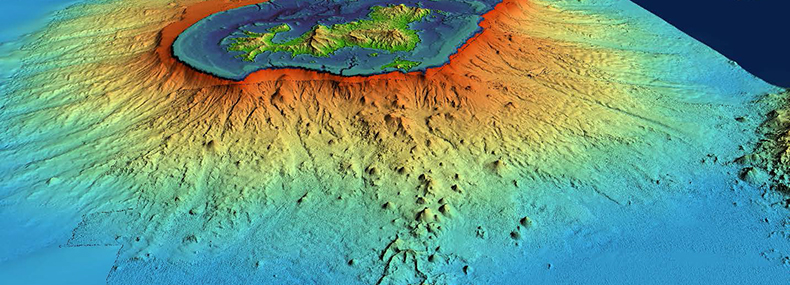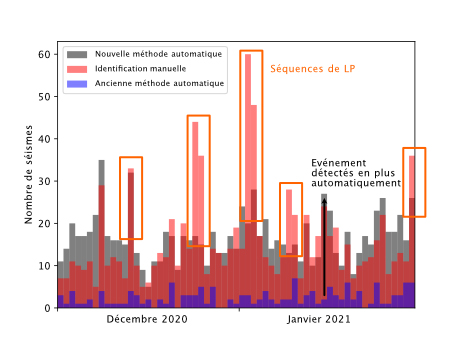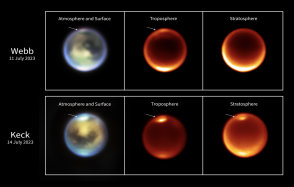REVOSIMA: a new automatic earthquake detection method
Since March 1st, 2021, Mayotte's volcanological and seismological monitoring network (REVOSIMA) has been using a new method for automatically detecting and locating earthquakes. This new, more efficient method will enable better real-time monitoring of seismicity and its potential variations.

Publication date: 16/03/2021
Observatories, Press, Research
Related observatories : Volcanological and Seismological Monitoring Network of Mayotte (REVOSIMA)
Related themes : Natural Hazards










